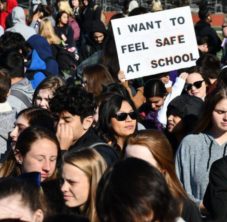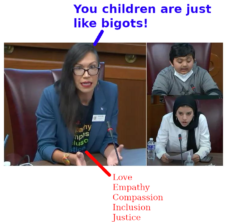Several months ago I was at a parents’ meeting at an MCPS school. As so often happens at these meetings, nobody was happy. I mentioned to the group that instead of introducing one change or another to the curriculum or staff, we should ask for school vouchers.
“What are school vouchers?” asked a young African-American mother.
“With school vouchers, you get approximately $15,000 per year per student to attend the school of your choice—public or private.”
Her eyes lit up. “I would really like that.”
I’ve had this interaction five times with parents of different demographics, and the reaction has always been the same: a) what are school vouchers and b) I would really like that.
Not once did I get the reaction, “What about the struggling students?” or “What about the struggling schools?” or “What about the teachers who can’t pay their bills?” or “What do the experts say?” If anything, my very small sample size indicates that parents in the struggling schools are the ones who want out.
The lead graphic for this post was taken from a 2019 Cato Institute study Poll: 58% of Americans Favor Vouchers for K–12 Private School via The Strongest Support for School Vouchers Comes from Lower-Income Families. Not everybody is on board with Cato, and I don’t always agree with the research methodology in every one of their studies. Nevertheless, their findings are corroborated by a more recent 2023 study Who Wants School Vouchers in America? A Comprehensive Study Using Multilevel Regression and Poststratification. The findings there are that struggling African-American parents are for school vouchers at rates similar to those for other demographics spanning race or income.
None of these research studies matter, of course, because our focus should be on the population of parents and students attending MCPS schools. Are our parents interested in school vouchers? Would they take advantage of such a program?
There are approximately 160,000 students attending MCPS schools. Let’s offer just one percent of those students, only 1,600 of them, a $15,000 school voucher to attend a school of their choice. A pilot program, well designed, will give us a clear indication a) if the school population is interested in school vouchers, and b) if school choice provides better outcomes for the students, the parents, and the teachers.
Or we could continue with “Maryland’s Largest School District” that has caused so much grief to so many people except the union leaders and administrators.




